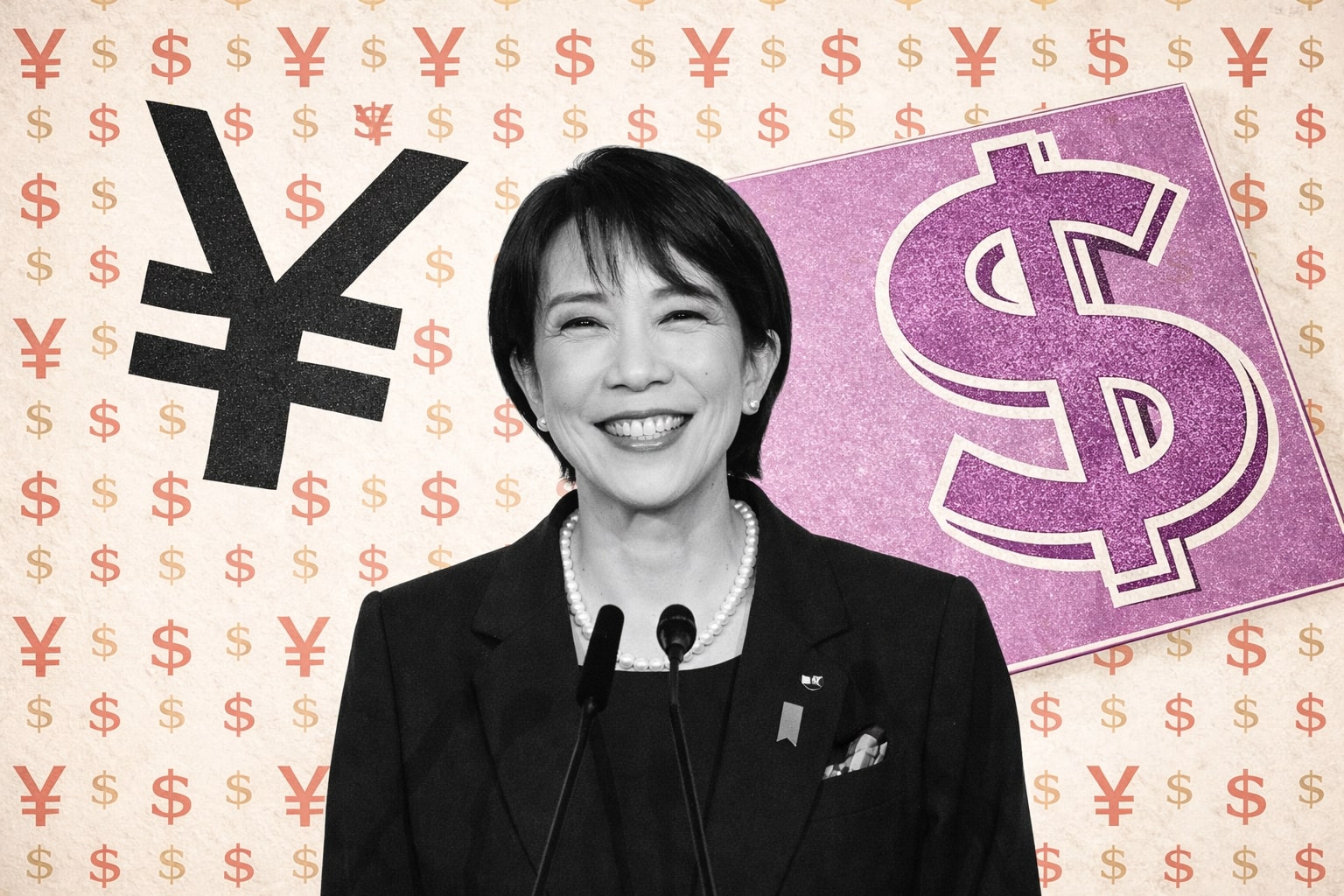
Bitcoin ETF Inflows Surge to $10B Daily, Transforming BTC-USD Market Liquidity
Institutional capital reshapes Bitcoin trading as ETFs rival Binance in spot volume, with $571M inflows this week and BlackRock’s IBIT leading | That's TradingNEWS
Bitcoin ETF Inflows Reach Multi-Billion Dollar Levels
Bitcoin (BTC-USD) has entered a defining moment in market structure with U.S.-listed spot ETFs now consistently generating between $5 billion and $10 billion in daily trading volume, rivaling activity on global exchanges. On peak sessions, these ETFs account for nearly two-thirds of Binance’s $4.1 billion in BTC spot volume, underscoring how institutional channels are taking center stage in price discovery. The surge reflects growing adoption of regulated Bitcoin exposure, with the iShares Bitcoin Trust (IBIT) alone capturing close to 40% of fresh inflows. Over the last four sessions, U.S. Bitcoin ETFs accumulated $571.6 million, a meaningful if slower pace compared to Ethereum’s surge.
Institutional Flows Redefining BTC Liquidity
Institutional capital has now become a dominant liquidity driver for Bitcoin. On days when spot ETF volume exceeds $7 billion, overall BTC spot trading reaches nearly $18 billion, aligning ETF flows directly with intraday price action. This structural change has made ETFs an essential part of Bitcoin’s ecosystem, no longer supplementary but core to how liquidity and volatility cycles play out. The current pattern suggests ETFs are not just reshaping capital allocation, but they are also establishing a permanent wall of institutional demand that underpins Bitcoin’s role as a digital reserve asset.
ETF Competition and Market Leadership
Despite ETF momentum, Binance continues to command the single largest share of global trading activity, posting $22 billion total daily turnover across pairs. Within BTC, Binance’s $4.1 billion spot volume still edges out individual ETFs, but the convergence is tightening. BlackRock’s IBIT is averaging over $220 million in fresh daily inflows, while total ETF-linked flows have added more than $17 billion year-to-date. The shift signals that large traditional investors — from corporate treasuries to asset managers — are increasingly entering Bitcoin through regulated ETFs rather than offshore exchanges, reducing counterparty risk and aligning with compliance mandates.
Comparing Bitcoin ETF Inflows to Ethereum
While Bitcoin ETFs remain the heavyweight in spot trading, Ethereum ETFs are currently outpacing BTC in fresh institutional allocations. In the past week alone, Ether funds attracted $1.24 billion, more than double Bitcoin ETF inflows. Since August 20, Ethereum products have yet to post a single day of outflows, compared to Bitcoin’s more uneven patterns. Year-to-date, ETH ETFs have drawn $11 billion in cumulative inflows, surpassing BTC’s ETF-linked totals during specific periods. This divergence reflects how institutions are not only using Bitcoin as a store of value but are also positioning in Ethereum as a utility-driven asset. Still, Bitcoin’s daily ETF-linked liquidity keeps it the anchor of institutional crypto portfolios.
Price Impact of ETF Flows on BTC-USD
The influence of ETF flows is visible on the tape. When Bitcoin dipped to a seven-week low of $107,850 amid $15 billion in options expiry, ETF demand cushioned deeper losses. Conversely, on accumulation days when inflows exceed $400 million, BTC-USD trades back toward $110,000–$112,000 as buying pressure absorbs derivatives-driven selling. Analysts now argue that ETF trading is increasingly predictive of short-term Bitcoin price ranges. ETF liquidity has become the hinge that stabilizes BTC during risk-off sentiment and accelerates rallies when traditional institutions rotate capital back into crypto exposure.
Institutional Behavior and ETF-Driven Market Structure
Whales and exchanges still provide block liquidity, but ETFs have altered the balance of power. Traditional portfolio managers are now allocating Bitcoin via ETFs, aligning crypto with conventional equity and fixed income flows. This channel ensures that fund-based demand matches regulatory requirements while simultaneously introducing a more “sticky” form of capital compared to speculative offshore flows. The structural impact is that Bitcoin is trading more like a macro asset, with ETF-driven positioning now part of the daily liquidity mix.
Bitcoin ETF Outlook: Buy, Sell, or Hold?
The long-term trajectory for Bitcoin ETFs suggests institutional allocations will keep expanding, particularly as U.S. pension funds and sovereign entities gradually allocate to BTC through regulated wrappers. Current inflows of $571.6 million in a single week — even amid price consolidation — confirm persistent demand. Compared with Ethereum’s more aggressive $1.24 billion weekly inflows, Bitcoin is holding its place as the reserve anchor of the digital asset system. The fact that ETFs are consistently competing with Binance for daily liquidity underscores how deeply embedded institutional capital has become in BTC’s structure. Based on the flow momentum, Bitcoin ETFs remain a Buy for investors seeking regulated exposure, with inflows expected to accelerate toward year-end as monetary easing and macro rotation boost appetite for scarce digital assets.
That's TradingNEWS
Read More
-
Robinhood Stock Price Forecast: HOOD at $115 After 200% Rally Faces Valuation Stress
02.01.2026 · TradingNEWS ArchiveStocks
-
XRP Price Forecast - XRP-USD Nears $2 as $1.80 Support and Shrinking Supply Point to $2.60 Target
02.01.2026 · TradingNEWS ArchiveCrypto
-
Natural Gas Price Forecast: NG=F Tests $3.50–$3.60 Floor Before LNG Wave
02.01.2026 · TradingNEWS ArchiveCommodities
-
Stock Market Today: Nasdaq Hits 23,467 as Nvidia (NVDA), Micron (MU) and Baidu (BIDU) Drive AI Surge
02.01.2026 · TradingNEWS ArchiveMarkets
-
USD/JPY Price Forecast - USDJPY=X Holds Near 157 as BoJ Caution and Fed Cut Bets Drive the Move
02.01.2026 · TradingNEWS ArchiveForex



















